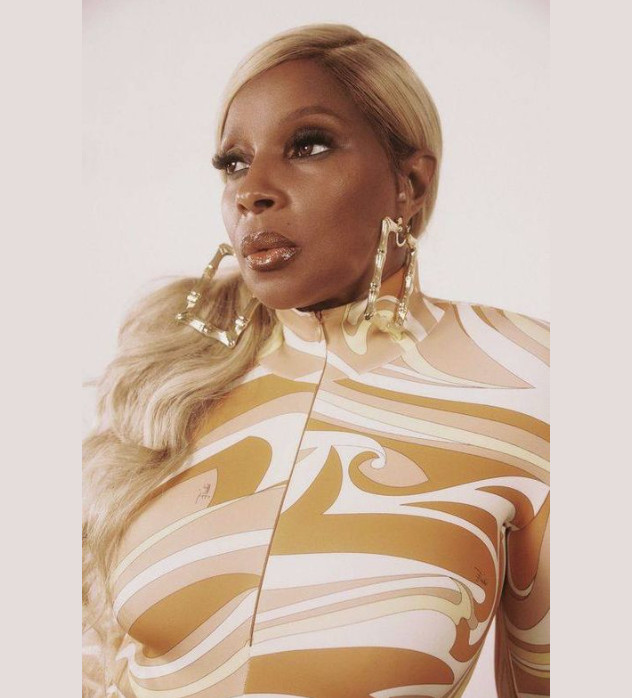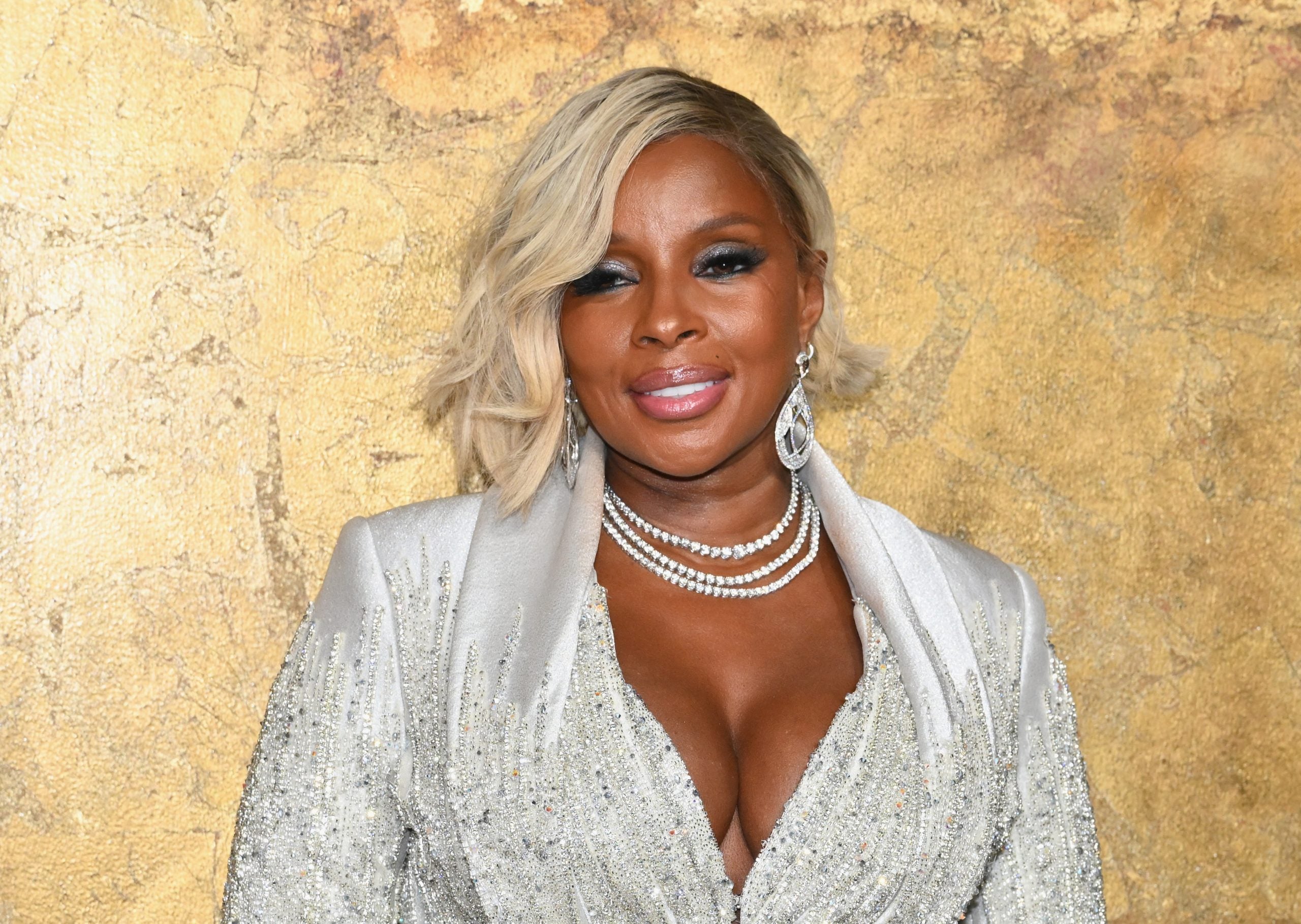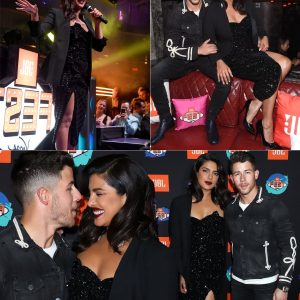For over 30 years, Mary J. Blige has been using her music to connect with listeners on a deeply emotional level. Whether belting out anthems of strength or pouring her heart into ballads of heartbreak, Blige invites her audience to feel what she feels through her raw, soulful vocals and lyrics. The result is a cathartic experience that encourages uninhibited participation – getting listeners to sing along at the top of their lungs.
Blige’s ability to translate personal experiences into universally relatable songs has earned her the moniker “Queen of Hip Hop Soul.” But beyond catchy melodies and pop hooks, it’s the way her music facilitates emotional expression and release that keeps audiences continuously engaged over the course of her prolific career. This article will take a deeper look at the key elements of Blige’s artistry that foster such powerful audience participation through singing along.

Raw and Relatable Lyrics
At the core of Blige’s ability to connect is her willingness to bare her soul through lyrics. She doesn’t shy away from addressing difficult topics like trauma, addiction, dysfunctional relationships, heartbreak, resilience, and empowerment – themes that have long been part of her personal journey. By putting her unfiltered emotions and experiences into words, Blige gives listeners permission to feel seen and understood.
Take her breakout single “Real Love” from 1992. Over a sparse piano track, the then-21-year-old Blige delivered vulnerable verses describing her tumultuous upbringing and search for stability through relationships. Lines like “All I ever wanted was someone to share my life / Someone who wouldn’t run at the first sight of trouble” tapped into deep-seated human desires for companionship and security.

Nearly 30 years later, these lyrics still resonate as powerfully for anyone grappling with love and loss. Blige’s willingness to go there – to lay bare her insecurities, mistakes, and triumphs – is what invites audience participation. Singing the raw emotions she expresses can feel cathartic, like working through one’s own experiences.
This authenticity has continued throughout Blige’s discography. On breakthrough album My Life (1994), she confronted addiction and abuse on “My Life” and “You Bring Me Joy.” On Share My World (1997), the breakup album Share My World, songs like “I Can Love You” and “Seven Days” painted vivid portraits of heartache.
Later albums delved into even darker themes. On 2001’s No More Drama, Blige grappled with depression, suicidal thoughts, and toxic relationships on songs like “No More Drama” and “Love No Limit.” On Strength of a Woman (2017), she addressed 𝓈ℯ𝓍ual assault and the #MeToo movement. Throughout, Blige’s lyrics have remained unflinchingly candid.
By sharing intimate struggles in such an unfiltered way, Blige gives permission for listeners to feel – and sing – their own truths. Her words resonate because they describe experiences many can relate to in their own lives. This authenticity is a key driver for audience participation.
:max_bytes(150000):strip_icc()/Mary-J-Blige-f34cce7ba0124f8fbd1d2fc6f4792e5f.jpg)
Soulful Vocals
Of course, lyrics alone don’t carry the emotional weight that Blige’s music conveys. It’s her powerful voice – a soaring instrument capable of channeling raw anguish or triumphant resilience – that brings those words to life.
Blige came of age musically in the church, and it shows in her gospel-influenced vocal style. She employs melismatic runs, vocal acrobatics, and authoritative belts that communicate deep passion and conviction. But Blige is also a master of subtlety; she can convey longing through a delicate warble or break your heart with a choked sob.
This versatility allows her to tackle any mood. Uptempo songs like “Be Without You” and “Just Fine” feature exuberant, anthemic vocals that demand audience participation. Slow jams like “Not Gon’ Cry” and “Everything” showcase Blige’s ability to emote heart-wrenching vulnerability through her delivery.
Ballads are where Blige’s vocal prowess truly shines. Songs like “I Can Love You” and “Love No Limit” transform into cathartic listening experiences thanks to her emotionally raw and nuanced phrasing. On “Your Child,” Blige delivers a tour de force performance over a sparse piano, channeling maternal strength and tenderness through every graceful note.
Blige’s voice has only deepened and grown richer with age and experience. On later albums like Strength of a Woman, she combines technical s𝓀𝒾𝓁𝓁 honed over decades with a lived-in authenticity that stops listeners in their tracks. This ability to pull audiences in and command their emotions is central to why fans are compelled to sing along – to match Blige’s level of passionate expression.
Empowering Anthems
While many of Blige’s songs deal with pain, heartbreak, and adversity, she also creates anthems of resilience, independence, and self-worth that inspire audiences. Tracks like “Real Love,” “Be Without You,” and “Just Fine” position Blige not just as a vulnerable artist but a role model speaking life into her listeners.
“Real Love” was one of the earliest examples, declaring Blige’s desire to stand on her own after a tumultuous upbringing. Nearly three decades later, it remains a timeless assertion of self-sufficiency. Songs like “Be Without You” and “Family Affair” preach the importance of community and leaning on loved ones during hard times.
Later in her career, Blige dove headfirst into empowerment anthems. “Take Me as I Am” (2014) was a declaration of self-acceptance on her own terms. On “Thick of It” (2017), she owned her 𝓈ℯ𝓍uality and value despite setbacks like heartbreak and ageism in the industry.
Blige also uses her platform to uplift and advocate for marginalized groups. Songs like “Love Yourself” (2016) and “Strength of a Woman” (2017) address the unique challenges faced by Black women. On “Love Yourself,” she sings:
“It’s your life, it’s now or never I ain’t gonna live forever I just want to live while I’m alive”
These messages of empowerment, independence, and advocacy are cathartic for listeners to belt out and internalize. Singing along to Blige’s anthems of resilience becomes an act of self-affirmation – a way for audiences to remind themselves of their own strength and worth.

Singalong Choruses
Beyond deep lyrics and emotional vocals, Blige structures her songs with audience participation in mind. Her tracks often feature singalong choruses designed for communal engagement. Simple, repetitive phrases paired with rousing melodies invite uninhibited belting.
The call-and-response hook of “Real Love” is a prime example, repeating the title as an anthemic declaration. “Be Without You” soars on its pleading chorus of “I can’t live without you.” Even more introspective songs like “Not Gon’ Cry” crescendo into a cathartic title refrain ready for communal release.
Blige also leans into participatory live showmanship. Call-and-response segments during concerts prompt audiences to respond enthusiastically. Songs are often extended or reworked for maximal crowd involvement. Even television and awards show performances emphasize the communal, celebratory aspects of her music.
This focus on singalong elements satisfies a basic human need – the desire to come together through shared musical experiences. It’s no coincidence that Blige’s songs so often become communal anthems sung by generations. Their structures are designed for this type of uninhibited participation and release.
:max_bytes(150000):strip_icc():focal(749x0:751x2)/Mary-J-Blige-22b90a05b86f4c3f89a46b9609bcfbb2.jpg)
Conclusion: An Artist of the People
Over three decades into her iconic career, Mary J. Blige remains one of music’s most relatable and emotionally powerful voices. Through raw lyrics, soulful vocals, empowering messages, and singalong structures, she creates art that invites unfiltered participation from her audiences.
Belting out Blige’s songs in concert or at the top of our lungs at home satisfies deep psychological needs – to feel seen, to express ourselves freely, and to connect through shared catharsis. It’s no wonder generations have formed strong, lasting bonds with her music
More than just catchy pop songs, Blige’s discography facilitates an almost therapeutic experience. Her willingness to lay bare struggles and triumphs allows listeners to feel understood in their own lives. In turn, singing along to Blige becomes an act of release, strengthening, and communal celebration.
Through it all, Blige has remained dedicated to her role as an advocate and voice for marginalized groups. She uses her platform to uplift while sharing her own vulnerabilities – cementing her status as an artist deeply of, and for, the people. It is this rare ability to facilitate emotional processing through song that keeps audiences continuously engaged with Blige’s music for decades.





